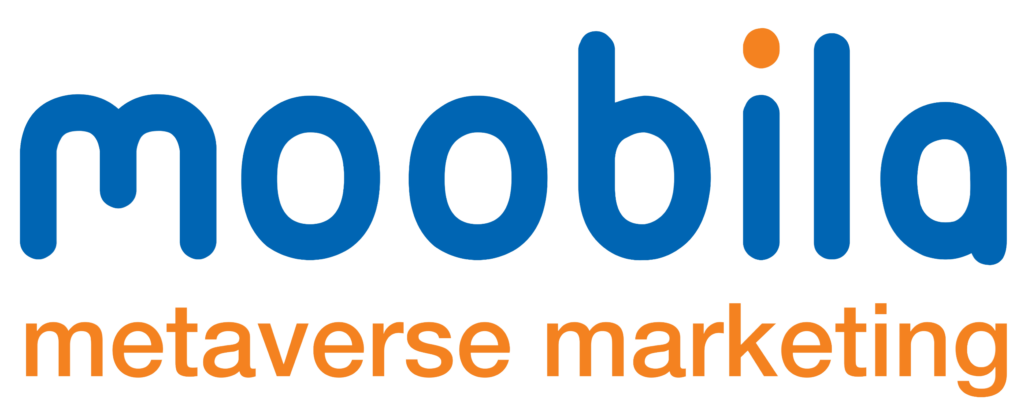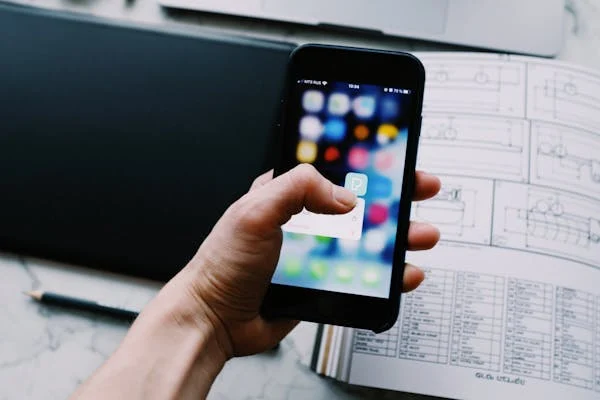In today’s fast-paced digital landscape, where users are bombarded with countless apps competing for their attention, standing out requires more than just offering robust features. Your app’s layout—the way it is structured, designed, and presented—serves as the foundation of an exceptional user experience (UX). A thoughtfully crafted layout not only draws users in but ensures they can navigate, interact, and achieve their goals effortlessly. It’s the bridge between functionality and satisfaction, playing a decisive role in your app’s long-term success.
In this blog, we’ll explore the most effective & best app layout ideas to captivate users, streamline usability, and foster meaningful engagement, ensuring your app not only meets but exceeds user expectations.
Why Is App Layout Important?
An intuitive and visually appealing best app layout impacts how users perceive and interact with your app. It can:
- Enhances usability by simplifying navigation.
- Boosts engagement through visually appealing interfaces.
- Builds trust with consistent and professional layouts.
- Increases retention by ensuring a positive experience.
Key Ideas for Best App Layouts
1. Keep It Simple
Simplicity is the cornerstone of great design. A cluttered interface confuses users, while a clean layout makes navigation intuitive. Focus on:
- Minimalistic design: Eliminate unnecessary elements.
- Whitespace: Use space strategically to highlight key actions and content.
- Clear typography: Opt for easy-to-read fonts.
Example: Apps like Google Maps prioritize essential features with a clean, distraction-free design.
2. Design for Intuitive Navigation
Users should instantly know how to move through your app. Familiar patterns make navigation seamless:
- Tab bars: Provide quick access to core sections.
- Hamburger menus: Offer a compact solution for multiple options.
- Floating Action Buttons (FABs): Highlight primary actions.
Pro Tip: Place navigation elements in thumb-friendly zones for one-handed use.
3. Maintain Consistency
Consistency across the app builds trust and reduces the learning curve. Focus on:
- Uniform typography, colors, and icon styles.
- Repeating layouts for similar features.
- Predictable placements of common elements, like search bars and menus.
Example: Instagram uses a consistent layout, making the user experience cohesive across feeds, stories, and profiles.
4. Prioritize Accessibility
An inclusive app design caters to everyone, including users with disabilities. Accessible layouts include:
- Contrast: Use high-contrast colors for visibility.
- Text scalability: Allow font resizing.
- Alternative text: Add descriptions for images and icons.
Example: Apple’s VoiceOver integration exemplifies accessibility in app design.
5. Optimize Loading Speed
A visually stunning layout means little if the app is slow. Users expect apps to load within seconds:
- Use lightweight design elements.
- Implement lazy loading for images and non-critical content.
- Show skeleton screens to reduce perceived waiting time.
Pro Tip: Test your app’s speed using tools like Google’s PageSpeed Insights.
6.Use Visual Hierarchy to Enhance the Best App Layout
Visual hierarchy helps users focus on what’s important. Incorporate:
- Size and color: Highlight call-to-action (CTA) buttons or key information.
- Grouping: Arrange related elements together for logical flow.
- Contrast: Use bold elements to draw attention.
Example: E-commerce apps like Amazon prioritize the “Buy Now” button with bold colors and prominent placement.
7. Engage with Microinteractions
Small animations and feedback signals can significantly enhance UX. Examples of microinteractions include:
- Button animations upon tapping.
- Swiping gestures with visual feedback.
- Progress indicators for tasks or loading.
Example: LinkedIn’s subtle animations, such as connection confirmations, make interactions more engaging.
8. Personalization Options
Personalization deepens user engagement by making the app feel tailored to individual preferences:
- Offer customizable themes and layouts.
- Use AI to suggest content based on behavior.
Example: Spotify’s curated playlists and theme options are a hallmark of personalized design.
9. Conduct User Testing
Layouts often need real-world testing to identify issues. Tools for feedback include:
- A/B Testing: Compare two layout variations to see what works better.
- Heatmaps: Analyze where users click or scroll.
Pro Tip: Regularly update layouts based on user feedback and analytics.
10. Test for Multi-Device Compatibility
Your app layout must perform well across various devices and screen sizes. Key practices include:
- Responsive design that adapts to different resolutions.
- Testing on iOS and Android platforms.
Example: Netflix provides a seamless experience on phones, tablets, and TVs.
11. Add Gamification Elements
Gamified layouts motivate users to engage and return. Ideas include:
- Progress bars for task completion.
- Badges or achievements for milestones.
- Leaderboards for competitive apps.
Example: Duolingo’s gamified design motivates users to practice language skills regularly.
12. Create a Strong Onboarding Experience
First impressions matter. A strong onboarding process ensures users understand your app quickly:
- Use interactive tutorials.
- Highlight key features without overwhelming users.
Pro Tip: Limit onboarding to a few concise steps, using visuals over lengthy text.
Best App Layout Ideas for Amazing User Experience: A Comprehensive Table
Here’s a table summarizing the best practices for app layout design, along with examples and tools:
| Aspect | Best Practices | Examples/Tools |
| Simplicity | – Minimalistic design- Strategic whitespace- Clear typography | Google Maps, Spotify |
| Navigation | – Use Tab Bars, Hamburger Menus, or FABs- Thumb-friendly placements | WhatsApp, Gmail |
| Consistency | – Uniform typography and colors- Repeated design patterns | Instagram, Facebook |
| Accessibility | – High contrast colors- Text scalability- Alternative text for images | Apple VoiceOver |
| Speed Optimization | – Lightweight design elements- Lazy loading- Skeleton screens | Tools: Lighthouse, PageSpeed Insights |
| Visual Hierarchy | – Highlight CTAs- Group related elements- Use contrast for emphasis | Amazon |
| Microinteractions | – Add button animations- Swiping gestures- Progress indicators | LinkedIn, Duolingo |
| Personalization | – Allow customizable themes- Suggest content based on user behavior | Spotify |
| User Testing | – Conduct A/B tests- Use heatmaps- Gather real user feedback | Tools: Hotjar, Google Analytics |
| Multi-Device Testing | – Implement responsive design- Test across devices and platforms | Netflix |
| Gamification | – Use progress bars and badges- Introduce leaderboards | Duolingo, Strava |
| Onboarding | – Interactive tutorials- Highlight core features concisely | Canva |
Frequently Asked Questions
What role does simplicity play in app design?
Simplicity is crucial in app design as it helps reduce clutter, making the app more user-friendly and focused on essential features. It enhances the overall user experience by eliminating unnecessary elements and ensuring that every design choice has a clear purpose.
How important is navigation in app design?
Navigation is vital as it determines how easily users can interact with your app. Simple and intuitive navigation systems, such as tab bars or floating action buttons, can significantly enhance user engagement and satisfaction.
What are some tools for designing app layouts?
Tools like Adobe XD and Fliplet are popular for designing app layouts. Adobe XD offers comprehensive design solutions, while Fliplet provides a no-code approach with pre-designed templates.
Why is accessibility important in app design?
Accessibility ensures that your app is usable by everyone, including those with disabilities. Features like high contrast colors and text scalability improve the app’s usability across different user needs.
How can I ensure my app works well on different devices?
Implementing responsive design is key to ensuring your app looks and functions well across various devices and screen sizes. Testing your app on multiple platforms and devices is also crucial for a seamless user experience.
Conclusion
Mobile application development is a challenging and fulfilling easy to innovate and combines technological and business aspects. The big decision is to decide when to start creating an app that users will love and will add value to your business – which is all possible through the use of a good process and the proper instruments and technologies.
In this rapidly expanding market for apps, keeping up to date with current innovation and optimal strategies will allow your app to compete with the next best thing. From conceptualization of a new app in mind right up to the start of the deployment of a new project, Moobila offers you an armful of information, tools and advice on how to create the right kind of impact towards your app.



